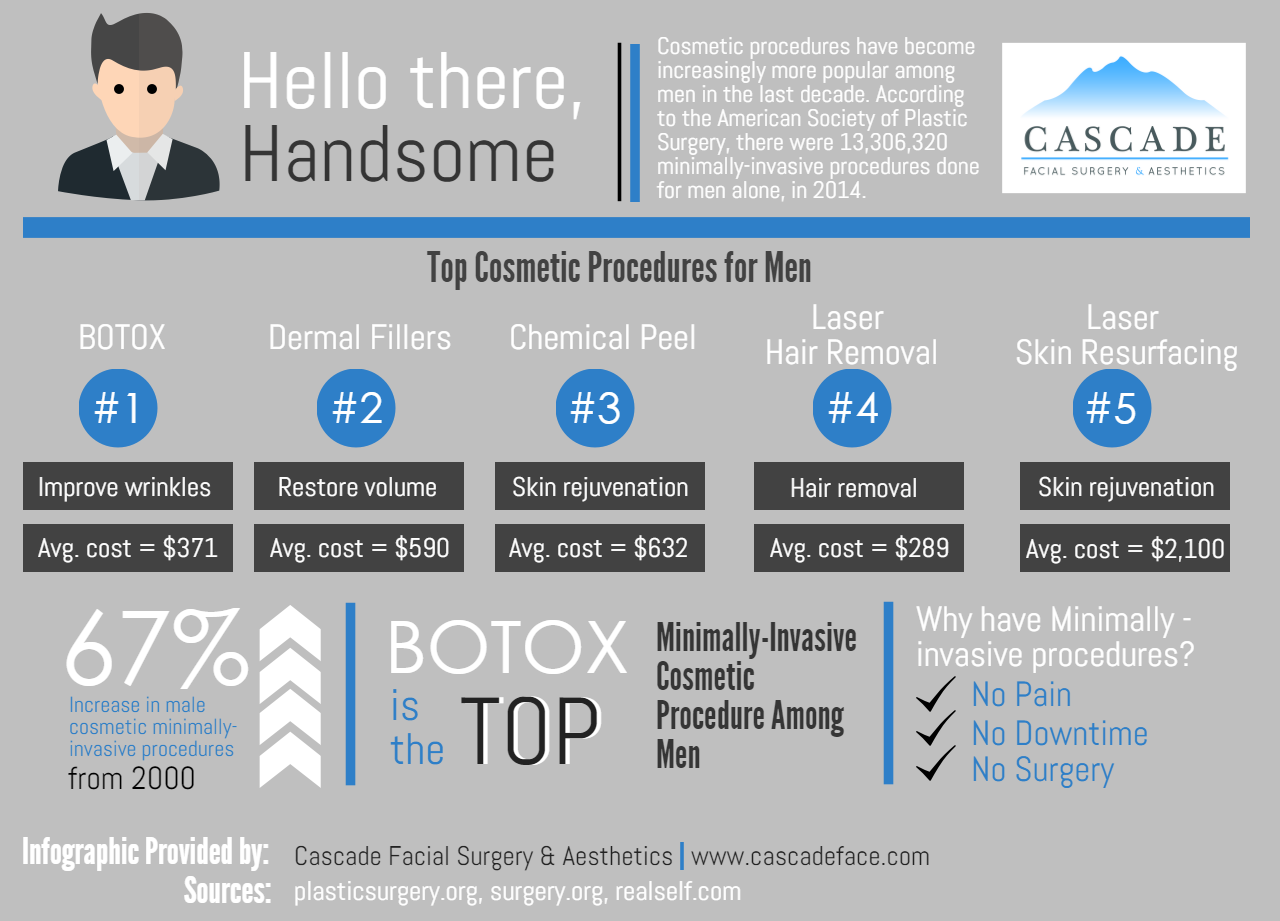How Do Retinoids Treat Acne
How Do Retinoids Treat Acne
Blog Article
Acne Scars and Post-Acne Treatment
Acne scars and dark marks can stay also after the blemish itself has actually gotten rid of. But there are lots of all-natural, over the counter and clinical therapies that can decrease their look.
Ice choice scars are tiny indentations that appear like pinpricks; rolling scars have a wave-like appearance and superficial depth; boxcar marks have clear sides; hypertrophic scars are elevated bumps. Treatments include skin needling, where your medical professional rolls a needle-studded gadget over the skin; and medical excision, when a healthcare specialist cuts out deep scars.
1. Scrub
Acne scars fade best when they aren't covered with dead skin cells. Peeling removes the accumulation and permits fresh skin cells to come to the surface area. It additionally makes acne scars much less recognizable.
A skin specialist can advise exfoliation techniques for your details skin type. Dry skin may gain from peeling with scrubs or other mechanical techniques, while oily skin might need a chemical peel. Those with darker skin tones require to be mindful using stronger chemical therapies, as they can create dark spots and sensitivity.
If you have acne marks, stay clear of picking or squeezing at them, which can make them even worse. Swelling caused by inflammation boosts the opportunity of scarring. Picking can leave ice-pick scars, which are slim impressions with a factor at the end. You can also get boxcar scars, which are impressions with bigger edges. You can also establish hypertrophic or keloid marks. These are elevated bumps of mark tissue that can be itchy and agonizing.
2. Hydrate
After finishing your acne treatment, keeping skin clear and healthy needs a constant skin care regimen that shields from breakouts and reduces post-acne marks. This includes a gentle cleanser and moisturizer, non-comedogenic items that do not obstruct pores, and staying clear of foods that aggravate skin or trigger acne flare-ups.
Using a lightweight, non-comedogenic moisturizer with components like hyaluronic acid and glycerin can assist moisturize skin while likewise boosting skin appearance and advertising recovery. Seek an item that is formulated without fragrance or parabens.
A product that targets lingering acne marks with ingredients such as skin-brightening tranexamic acid and bakuchiol can improve dark spots or uneven tone caused by inflammation. It gently resurfaces the complexion while smoothing rough and textured areas. A product that combines a retinoid and a plant-based retinol alternative can also improve the appearance of much deeper marks while all at once targeting existing imperfections and preventing future outbreaks.
3. Hide
As soon as your acne marks recover, you can conceal them with makeup and a concealer. Just ensure you're only applying the product over marks that are totally recovered (not fresh ones), states Sotomayor. Then, finish your look with a bold lip color or declaration great smoky eye shadow for maximum impact.
When it concerns choosing a foundation or colored cream, it is very important to choose one that is noncomedogenic and oil-free. This will help keep your skin clear and prevent the obstructing of pores that can bring about brand-new breakouts.
The same goes for picking a concealer. Seek a formula that supplies complete protection but still really feels light-weight and blendable on the skin. Likewise, when covering indentations from acne marks, it's an excellent idea to find a shade that matches your all-natural skin tone (rather than a color lighter or darker). This will help hide the indents better. This nourishing balm is an excellent alternative for lightening up and lightening post-inflammatory hyperpigmentation, which can be caused by acne or various other inflammatory skin disease. It includes hydrating panthenol, softening shea butter and reinforcing peptides that minimize inflammation and scaly appearance.
4. See Your Skin specialist
The scars that create from serious acne frequently call for therapy by a doctor or skin doctor. Prior to that can happen, however, an individual must have their acne in control. This includes not picking or pressing acne spots, and making use of gentle cleansers and water-based non-comedogenic products that will not clog pores.
If pharmacy cleansers and area therapies aren't clearing your skin, schedule a consultation with a skin specialist. The skin doctor can suggest other therapies that help remove your skin without drying it out or irritating it.
A skin doctor can likewise deal with other sort of post-acne marks, including dark places that are a kind of hyperpigmentation called PIH (post-inflammatory hyperpigmentation). A topical retinoid like adapalene can noticeably lighten these marks and fade them promptly. For other sorts of scars, the medical professional botox in a bottle can suggest an extra intensive therapy. This might consist of microdermabrasion or chemical peels that are done right in the workplace. Depending on the intensity of your scars, these treatments might need to be duplicated.